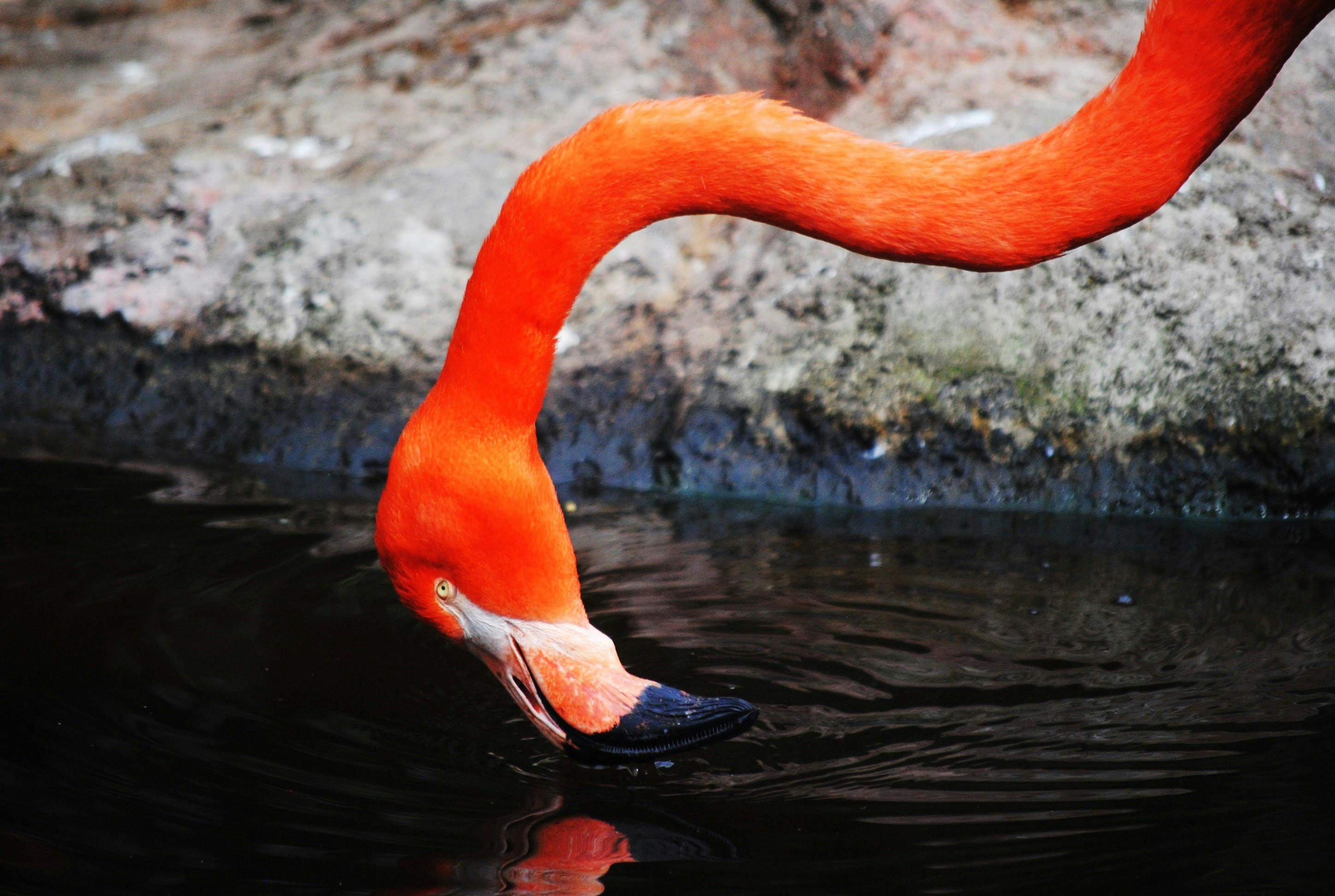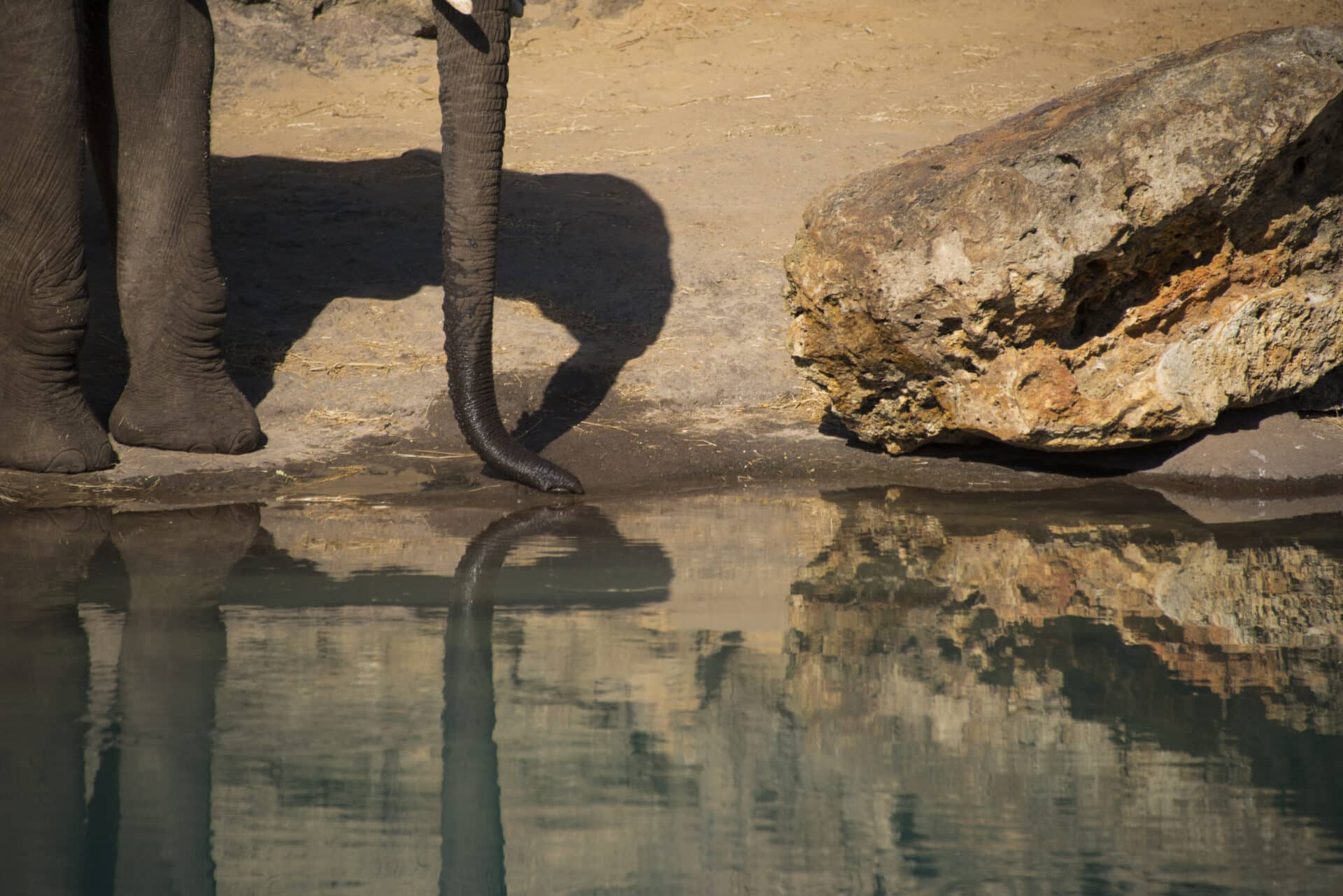Turning distilled water into drinking water requires a few simple steps. Distilled water is pure water that has been boiled and condensed to remove minerals and other impurities. Although distilled water does not contain any harmful substances, it also does not contain the essential minerals that are important for human health. Fortunately, it is easy to turn distilled water into drinking water by adding these minerals back into the water. This article will provide an overview of the process of turning distilled water into drinking water.Distilled water is water that has been boiled and then condensed back into liquid form. It is free from minerals, ions, and other impurities, making it purer than tap or spring water. Distilled water can be used for drinking, cooking, and other household needs.
Why Distilled Water Is Not Suitable for Drinking?
Distilled water is water that has been boiled and then condensed back into a liquid form. While this process removes impurities from the water, it also removes essential minerals like calcium and magnesium. This makes it difficult for our bodies to absorb the water we drink. Furthermore, the lack of minerals can also lead to an electrolyte imbalance in our bodies, which can cause fatigue and muscle cramps. Additionally, drinking distilled water can be damaging to our teeth as it has a low pH level that can wear away enamel over time.
Overall, distilled water is not recommended for drinking due to its lack of essential minerals and its low pH level. It may be used for cooking or cleaning purposes, however it should not be consumed as one’s primary source of hydration. It is best to drink mineral-rich tap or filtered water instead for optimal health benefits.
What Is the Process of Distilling Water?
Distilling water is a process of purifying water by boiling it and collecting its steam. The process of distillation involves heating a quantity of liquid water, which causes it to evaporate and form steam. The steam is then cooled and condensed into a separate container, which produces distilled water. This method is often used to purify drinking water, as it removes impurities such as bacteria, salts, minerals, and other contaminants that may be present in the original source. It is also commonly used to produce distilled spirits such as whiskey or rum.
The process of distillation begins by heating the source of water in a still or boiler until it reaches its boiling point. This causes the liquid water to turn into steam, which rises and passes through a cooling coil or condenser where it returns to its liquid state. The cooled steam then flows into a separate container where it can be collected for further use.
When purifying drinking water using this process, it’s important to note that some impurities may remain in the distilled product if they have a higher vapor pressure than that of the boiling point of the liquid being distilled.
What Equipment Is Needed to Distill Water?
Distillation is a process used to purify water by removing impurities, bacteria, and other contaminants. To distill water, you will need a few pieces of equipment: a heat source, a distillation chamber, and a collection container.
The heat source can be anything from an electric hot plate or stovetop to an open flame. The distillation chamber should be made of glass or stainless steel and should have an outlet for steam at the top and an outlet for condensation at the bottom. The collection container should also be made of glass or stainless steel and should be able to hold the condensed liquid that is produced during distillation.
Once the equipment is assembled, the process can begin by heating the water in the distillation chamber. As it boils, steam will rise and pass through a condenser tube where it will cool and turn back into liquid form as it travels out of the condenser tube into the collection container. The condensed liquid is now distilled water free from impurities, bacteria, and other contaminants.
Distilled water has many uses such as drinking water, medical procedures, automobile batteries
Advantages of Distilling Water
Distilling water has many advantages, as it is one of the most effective ways to purify water. Distillation removes impurities and contaminants from water using heat to evaporate and condense the water. This process leaves behind any impurities that can cause health problems, such as bacteria, viruses, and chemicals. Furthermore, by distilling water, it can be used for drinking without having to worry about ingesting harmful substances.
Another advantage of distilling water is that it reduces the amount of hard minerals in your drinking water. Hard minerals such as calcium and magnesium can make your drinking water taste bad and can build up in pipes and appliances over time, leading to potential damage. Distillation also helps to reduce the presence of chlorine and other disinfectants that may be present in tap water.
Finally, distilling your own drinking water is a cost-effective way to ensure that you are always provided with clean and pure drinking water. While there are various types of filtration systems available on the market, many require costly replacement filters or cartridges. With a home distiller, you only need to replace

How to Distill Water At Home?
Distilling water at home is a simple process that anyone can do. It involves boiling water to separate the contaminants from the liquid and then collecting the purified water in a separate container. The process is simple, but there are a few things you should keep in mind before you begin. Here are the steps for distilling water at home:
1. Collect your supplies: You’ll need a pot or pan, something to boil the water in, a heat source (such as a stove or hot plate), and something to collect the distilled water in (this could be anything from another pot or pan to a glass jar). Make sure that whatever container you use is clean and free of any contaminants.
2. Boil the water: Place your pot or pan on your heat source and fill it with the water you want to distill. Once it comes to a boil, reduce the heat so that it is simmering. You’ll want to let it simmer for at least 20 minutes.
3. Collect the distilled water: Place
Making Drinking Water from Distilled Water
Distilled water is purified water that has been through a process of distillation. This process involves boiling the water and then condensing the steam back into liquid form. Distilled water is free of impurities, such as minerals, metals, and other contaminants, making it an ideal choice for drinking. However, distilled water also lacks essential minerals that are important for health. To make drinking water from distilled water, you must add back certain minerals to the purified liquid.
Adding Minerals to Distilled Water
The simplest way to add essential minerals back into distilled water is by using mineral drops or tablets. These are readily available in grocery stores and contain a variety of minerals such as calcium, magnesium, and potassium. Simply follow the instructions on the package to determine the recommended amount of drops or tablets you need to add to your distilled water. Alternatively, you can also add sea salt or Himalayan salt to your distilled water in small amounts for added mineral content.
Adding Flavor to Distilled Water
Distilled water can have an unpleasant taste due
What Are the Disadvantages of Drinking Distilled Water?
Distilled water is water that has been boiled and then condensed back into liquid form. This process removes any impurities or contaminants, making it one of the purest forms of water available. While drinking distilled water can have some benefits, there are also a few potential drawbacks to consider.
One of the main disadvantages to drinking distilled water is that it lacks essential minerals and electrolytes. While distilled water is free from any contaminants or pollutants, this also means that it has been stripped of essential minerals like calcium, magnesium, and sodium. The lack of these minerals can lead to mineral deficiencies if consumed regularly over time.
Another potential downside to drinking distilled water is its acidic nature. Since all impurities and minerals have been removed from the water via distillation, the pH balance is often slightly more acidic than regular tap or spring water. Over time, this can potentially lead to a decrease in bone density due to the lack of calcium in the diet for those who drink only distilled water regularly.
Finally, distilled water may also taste different than regular tap or spring water due to its lack of natural minerals

Conclusion
Distilling water is a great way to ensure safe drinking water. It is an effective process that can remove impurities and toxins from the water. It is also a simple process that can be done at home using basic supplies. The distilled water can then be used for drinking, cooking, or other household activities. The distilled water may not taste as good as regular tap water, but it is safe to consume and will not contain any harmful contaminants or chemicals.
Distilling your own drinking water is a great way to ensure clean and safe drinking water, without having to worry about toxins or other contaminants. By following the steps outlined in this article, you can easily create your own pure and safe drinking water in no time at all.
Overall, distillation is an effective process for purifying drinking water and has been used for centuries to provide people with clean, safe drinking water. It’s a simple process that anyone can do at home with basic supplies. So if you’re looking for a way to provide yourself or your family with clean and pure drinking water, distillation is the way to go!

